Knowledge
Medical Fiber Solutions for Advanced Telemedicine and Diagnostics
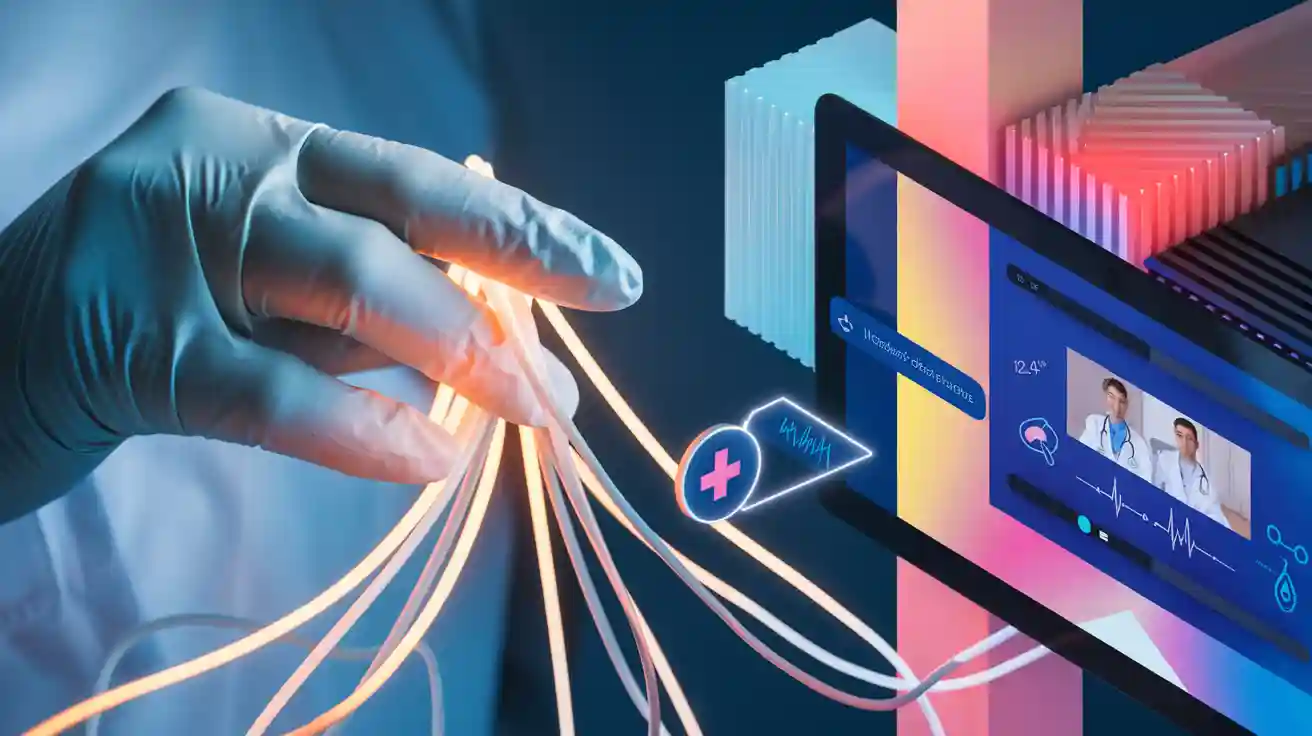
Medical fiber solutions drive the digital transformation in healthcare by delivering high-speed, secure data transmission across healthcare facilities. Hospitals now rely on medical fiber to support advanced imaging, real-time telemedicine, and efficient patient care. The healthcare industry sees measurable gains: up to 40% faster medical image retrieval and a 25% reduction in IT downtime.
The global medical fiber optics market reached USD 1.11 billion in 2024, with hospitals holding a 48.7% share.
Attribute | Statistic (2024) |
|---|---|
Market Size | USD 1.11 billion |
Hospitals’ Market Share | 48.7% |
North America Global Share | 40.01% |
Key Takeaways
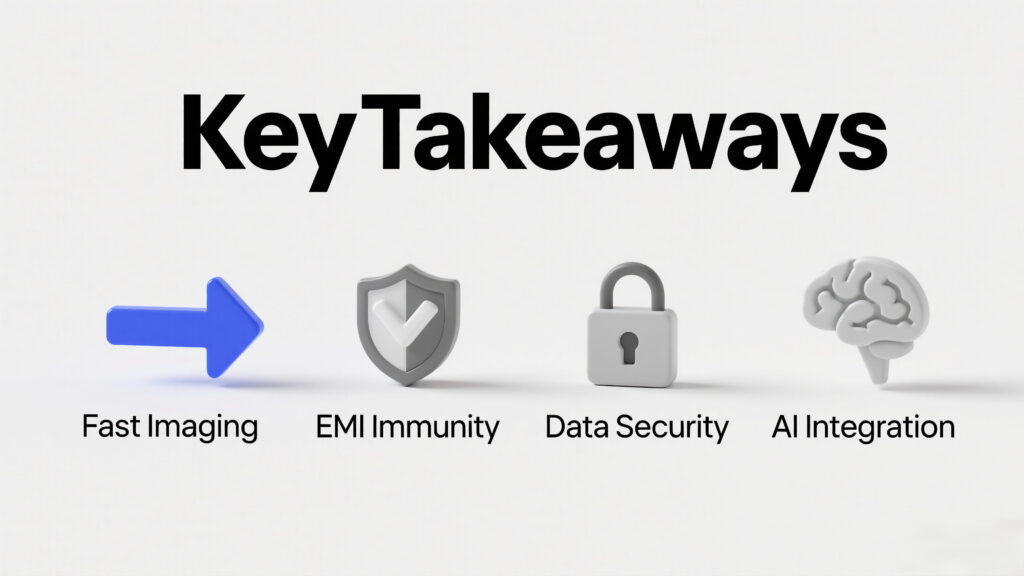
Highlights medical fiber benefits: fast imaging transfer, EMI immunity, security, and future AI integration.
Medical fiber networks enable fast, secure data transfer that supports advanced imaging and telemedicine, improving patient care and hospital efficiency.
Fiber optic technology offers high bandwidth and low signal loss, allowing real-time diagnostics and minimally invasive surgeries with better outcomes.
Hospitals benefit from fiber’s immunity to electromagnetic interference and strong security features that protect patient data and ensure compliance.
Upgrading from legacy copper systems to fiber reduces delays, lowers maintenance costs, and supports reliable connectivity in critical care environments.
Emerging innovations like AI integration and smart fibers promise faster diagnostics, enhanced monitoring, and more precise treatments in the future.
Medical Fiber Overview
Covers high-bandwidth imaging support, sterility compliance (ISO 10993), and biocompatible design.
Key Advantages in Healthcare Settings
High-Bandwidth for Medical Imaging
Medical fiber solutions deliver exceptional bandwidth, supporting advanced imaging technologies across the healthcare industry. Hospitals rely on medical fiber optic technology to transfer massive CT and MRI datasets, as well as 4K and 8K endoscopic video, without delay. Fiber optics in medicine enable real-time imaging and diagnostics, which improves patient outcomes and shortens recovery times.
Medical fiber optic technology supports minimally invasive procedures, robotic-assisted surgeries, and high-resolution imaging, making it essential for modern healthcare.
The advantages of using fiber optics include:
Rapid transmission of large imaging files
Low signal loss for accurate diagnostics
Scalability for future healthcare needs
Sterility and Biocompatibility
Medical fiber solutions meet strict sterility and biocompatibility standards, such as ISO 10993, ensuring safe use in clinical environments. Fiber optic cables in medical devices withstand high-temperature sterilization, making them suitable for reusable and disposable applications.
Fiber optic medical sensors can be placed directly into biological samples, preserving sample integrity and reducing contamination risk. These fibers are chemically inert, non-toxic, and flexible, which allows integration into catheters, probes, and surgical instruments.
Fiber Type | Source | Biodegradability | Main Medical Applications |
|---|---|---|---|
Natural Fibers | Cotton, Silk, Regenerated Cellulosic | Mostly biodegradable | Bandages, wound dressings, hygiene products |
Synthetic Fibers | Polyester, Polyamide, PTFE, Polypropylene, Carbon, Glass | Mostly nonbiodegradable | Implantable devices, high-performance medical products |
Specialty Fibers | Collagen, Alginate, Chitin | Biodegradable | Sutures, wound dressings, artificial skin, tissue regeneration |
Enabling Healthcare Connectivity
Integrated Network Architecture
Healthcare facilities depend on integrated network architecture powered by medical fiber. These networks connect imaging devices, PACS systems, telemedicine platforms, and electronic health records, streamlining operations across the healthcare industry.
Fiber optic networks provide:
High bandwidth for simultaneous telehealth sessions and imaging transfers
Secure data transmission for patient privacy
Reliable connectivity for hospital management systems
EMI Immunity in Clinical Environments
Medical fiber solutions offer immunity to electromagnetic interference (EMI), which is critical in clinical environments filled with electronic equipment. Fiber optic networks ensure stable data transfer for MRI, radiotherapy, and other sensitive medical equipment.
Hospitals benefit from uninterrupted connectivity, precise monitoring, and enhanced safety for both patients and staff.
Medical Fiber Challenges
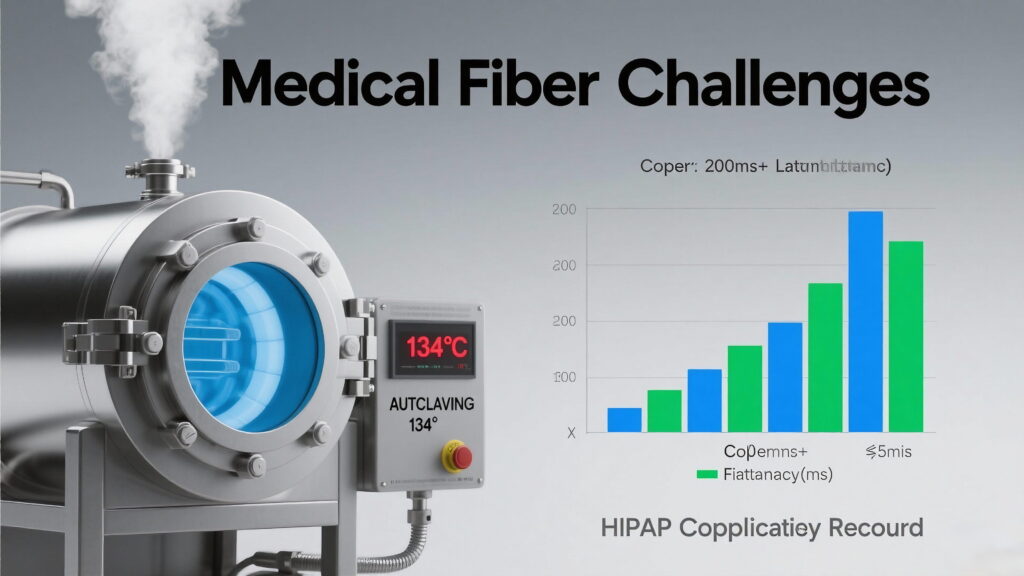
Addresses sterility maintenance, HIPAA compliance, and copper network latency issues.
Environmental and Regulatory Barriers
Sterility Maintenance for Reusable Devices
Healthcare facilities demand strict sterility for reusable medical fiber devices. Fiber optic probes must withstand autoclaving temperatures up to 134°C, ensuring they remain safe for repeated use. Liquid-resistant connectors prevent contamination during cleaning and sterilization. Hospitals rely on these features to maintain infection control standards, especially in operating rooms and intensive care units. Medical fiber solutions must meet biocompatibility requirements, allowing direct contact with biological samples without risk to patients or staff.
Note: Sterile environments require devices that resist both heat and moisture. Medical fiber probes with robust construction help reduce downtime and support continuous patient care.
Data Security and HIPAA Compliance
Protecting patient data is a top priority in healthcare. Medical fiber networks support encrypted data transmission, safeguarding sensitive information from unauthorized access. HIPAA regulations require healthcare organizations to implement strong encryption protocols, access controls, and continuous monitoring. Providers must document compliance programs, update policies, and train employees on best practices. Legacy systems often lack built-in encryption, making upgrades essential for secure patient data management.
1. Encrypt all data sent over medical fiber networks. 2. Use multi-factor authentication and role-based permissions. 3. Monitor networks for vulnerabilities and breaches. 4. Train staff on HIPAA and data handling. 5. Prepare incident response plans for data breaches.
Technical Limitations of Legacy Systems
Copper Network Latency in Imaging Rooms
Legacy copper-based systems present significant challenges in modern medical imaging. Copper cables limit cable distance, restrict device placement, and cause delays in data transmission. MRI image transfers over copper networks can experience latency greater than 200ms, impacting real-time diagnosis and workflow efficiency. Hospitals face higher costs and maintenance difficulties with proprietary copper interfaces, especially in sterile environments.
Technical Limitation | Explanation and Impact |
|---|---|
Restricts placement and servicing options in sterile rooms. | |
Insufficient Bandwidth | Struggles with high-resolution imaging and large data files. |
Maintenance Challenges | Difficult to service without risking contamination. |
Higher System Costs | Increased expenses for upgrades and maintenance. |
Medical Imaging and Diagnostics
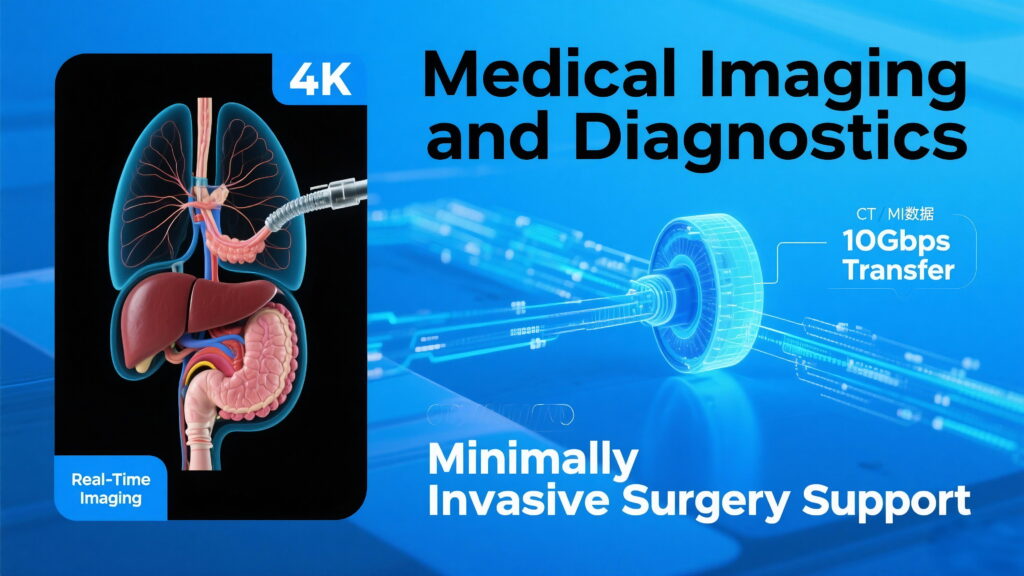
Details fiber-optic endoscopic procedures and 4K real-time imaging for minimally invasive surgery.
Fiber-Optic Links for Modality Integration
High-Speed Transfer for CT/MRI
Modern imaging systems demand rapid and reliable data transfer. Medical fiber networks connect CT and MRI scanners directly to PACS, enabling high-speed transfer of large imaging files. Hospitals using fiber links experience up to a fivefold increase in transfer speed and latency below 1 millisecond. This performance allows radiologists to access medical imaging data instantly, supporting faster diagnosis and treatment planning. Imaging systems benefit from uninterrupted workflow, even during peak hours.
Endoscopic and Minimally Invasive Procedures
Fiber-coupled endoscopes have transformed minimally-invasive surgery. These advanced diagnostic and surgical tools deliver 4K real-time imaging, giving surgeons precise visualization during procedures. The use of medical fiber in endoscopic devices enables thinner, more flexible probes with a bending radius as small as 6 mm. Surgeons can now reach hard-to-access areas, expanding the range of treatable conditions. Minimally-invasive surgery, supported by fiber optics, increases patient survival rates and reduces severe complications. Patients experience less pain, lower infection rates, and faster recovery, often returning to normal activities within weeks. Hospitals report shorter, more comfortable stays for patients after minimally-invasive surgery.
Technical advances in optical fiber coupling systems have improved surgical precision and enabled successful tissue ablation in laboratory settings. These improvements lead to smaller incisions and allow surgeons to treat lesions that were previously unreachable.
Hospital Radiology Case Study
Challenge: Copper Network Limitations
A large hospital radiology department faced significant issues with its copper-based network. Imaging rooms experienced 2% image packet loss and two to three daily network failures. These problems delayed surgery schedules and disrupted medical imaging workflows.
Solution: Medical Fiber Deployment
The hospital upgraded to OM4 multimode fiber with a redundant ring network and sterile connector design. This new medical fiber infrastructure provided reliable, high-bandwidth connections for all imaging systems and surgical suites.
Outcome: 40% Faster Diagnostic Reports
After deployment, image transfer times dropped from 15 seconds to just 3 seconds. Radiologists delivered diagnostic reports 40% faster, improving patient care and surgical scheduling. The hospital now enjoys stable, efficient operation across all medical and surgical departments.
Fiber-Optic Networks for Telemedicine
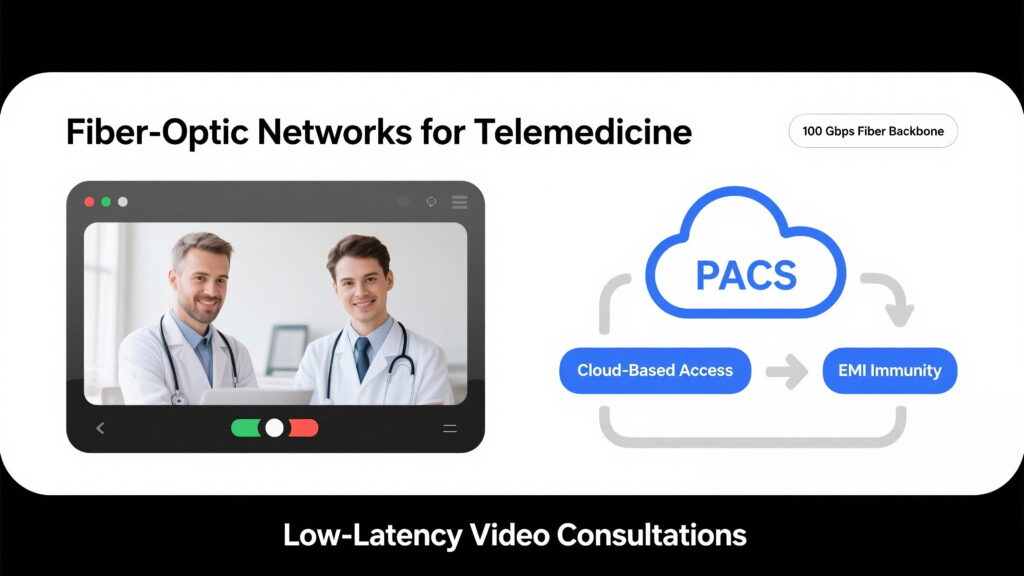
Explores low-latency video consultations and cloud-based PACS access via fiber backbone.
Real-Time Consultations and Teleradiology
Low-Latency Video for Remote Diagnostics
Fiber optic networks form the backbone of healthcare connectivity in telemedicine. These networks deliver high bandwidth and ultra-low latency, supporting real-time video consultations and remote diagnostics. Hospitals use fiber optic networks combined with 5G technology to enable cross-campus consultations. This hybrid approach ensures uninterrupted communication, even during peak usage. Medical teams can transmit high-resolution video and large imaging files instantly, which is essential for accurate remote diagnosis.
A teleradiology system linked six regional hospitals to a tertiary care center using digital wide-area fiber optic networks. This setup allowed rapid transmission of neuroradiology images, enabling real-time consultations and shared clinical management. Patient outcomes improved as specialists provided timely advice without delays.
Fiber optic networks provide:
Speeds up to 100 Gbps for seamless video streaming
Consistent bandwidth, even during network congestion
Immunity to electromagnetic interference, ensuring reliable video quality
Healthcare organizations rely on these networks to support telemedicine services in both urban and rural settings.
Cloud-Based PACS Access via Fiber Backbone
Cloud-based Picture Archiving and Communication Systems (PACS) require robust fiber optic networks to deliver remote access to radiology images. With a fiber backbone offering bandwidths of 10 Gbps or higher, clinicians can retrieve and review medical images from any location. This capability supports collaborative care and faster decision-making. Military and disaster medicine have demonstrated the reliability of fiber optic networks for transmitting radiologic images and conducting teleconsultations in challenging environments.
Data Management and Interoperability
Fiber-Optic Integration with EHR Systems
Fiber optic networks play a critical role in integrating electronic health record (EHR) systems with imaging devices. Hospitals use these networks to transfer patient data, medical imaging, and medical records securely and efficiently. Integration with EHR platforms such as Epic and Cerner ensures seamless data flow and interoperability. Real-time monitoring tools, including OTDRs, help maintain network integrity and compliance with healthcare regulations. Continuous monitoring reduces downtime and supports uninterrupted access to patient data.
Key benefits include:
Secure, interference-free transmission of sensitive medical data
Reduced downtime and improved reliability for healthcare IT systems
Enhanced interoperability between EHR systems and imaging equipment
Healthcare facilities that invest in advanced fiber optic networks achieve better data management, improved diagnostic accuracy, and higher operational efficiency.
Improving Patient Care with Medical Fiber
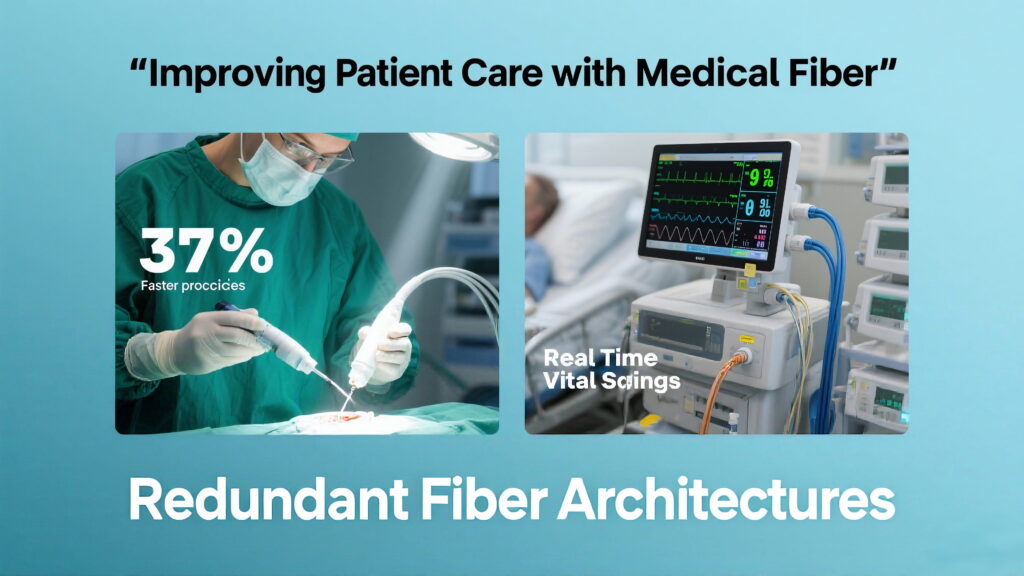
Discusses reduced procedure time (37% faster) and wearable sensor data transmission.
Enhanced Clinical Outcomes
Reduced Procedure Time in Interventional Radiology
Medical fiber solutions have transformed interventional radiology by providing real-time imaging and precise feedback during surgery. Fiber optic force sensors integrated into MRI-guided interventions deliver high-bandwidth data, allowing practitioners to navigate with greater accuracy. This technology reduces operation times by minimizing errors and lowering the risk of complications. In robot-assisted surgery, where tactile sensation is limited, fiber sensors restore critical feedback, improving surgical outcomes and patient safety. Fiber Optic RealShape (FORS) technology further enhances navigation, enabling 3D visualization that shortens intraoperative navigation and decreases procedure time by up to 37%. Fiber optic IV guidance systems also streamline catheter placement, increasing first-pass success rates and reducing procedure time by a median of 30 seconds per insertion. These advances contribute to improving patient care by supporting faster, safer, and more efficient surgery.
Wearable and Remote Monitoring
Fiber sensors embedded in wearable devices enable continuous monitoring of patient vital signs both inside and outside the hospital. These sensors provide accurate, real-time data on heart rate, oxygen saturation, and temperature. Remote monitoring systems use fiber optic networks to transmit this information securely to healthcare providers. This approach allows early detection of complications and supports timely intervention, especially for patients with chronic conditions. Wearable fiber technology reduces the need for frequent hospital visits, enhances patient comfort, and supports proactive care management. Hospitals can track patient recovery after surgery and adjust treatment plans based on real-time monitoring data, leading to better health outcomes.
Reliability and Security
Redundant Fiber Architectures for Critical Care
Critical care environments demand uninterrupted connectivity for life-saving equipment and patient monitoring. Redundant fiber architectures, such as dual-ring networks, ensure zero communication interruption in intensive care units (ICUs) and surgical suites. These networks automatically reroute data if a primary link fails, maintaining continuous operation of medical devices and monitoring systems. Hospitals benefit from extremely low latency, high bandwidth, and strong resistance to electromagnetic interference. Armored fiber cables protect against physical damage and environmental hazards, supporting reliable healthcare operations. Compliance with regulatory standards ensures that sensitive patient data remains secure and available at all times. The combination of redundancy, durability, and security makes fiber optic networks the preferred choice for critical care and surgical applications.
Future of Medical Fiber Optic Technology
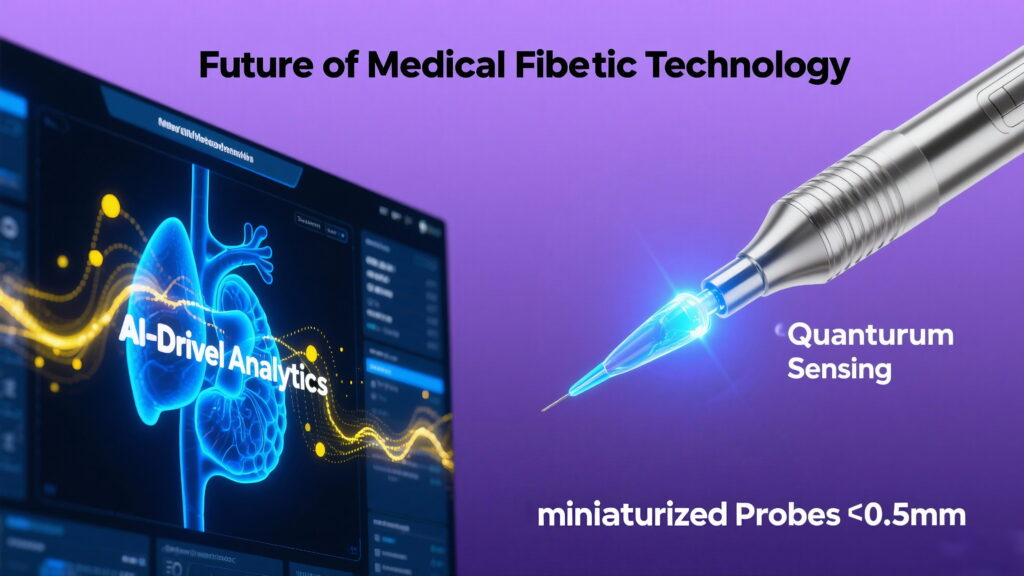
Covers AI-enhanced imaging analytics and quantum sensing for ultra-sensitive patient monitoring.
Emerging Innovations
AI-Enhanced Medical Imaging Analytics
The healthcare industry continues to embrace artificial intelligence for advanced diagnostics. Medical fiber optic technology enables the rapid transmission of large imaging datasets from devices to AI-powered analytics platforms. These networks support real-time processing, allowing AI systems to detect patterns and anomalies in CT, MRI, and endoscopic images. Hospitals now use AI-integrated fiber optic diagnostic tools to deliver faster and more accurate results. Robotic-assisted surgeries also benefit, as fiber networks provide the speed and reliability needed for AI-guided precision.
Recent innovations include:
AI-driven analysis of high-resolution images for early disease detection
Seamless integration of imaging devices with cloud-based AI systems
Enhanced support for remote diagnostics and telemedicine
Quantum Sensing and Smart Fibers
Quantum sensing represents a breakthrough for healthcare monitoring. Smart fibers embedded with quantum sensors can detect ultra-sensitive physiological signals, such as minute changes in temperature, pressure, or biochemical markers. These fibers provide real-time feedback during surgery and patient monitoring, even in environments with strong electromagnetic interference. The healthcare industry sees growing use of wearable health monitors and portable diagnostic devices powered by smart fiber technology.
Key developments:
Portable fiber optic devices for point-of-care testing
Partnerships between leading companies and research institutes to advance smart fiber applications
Industry Trends and Standards
Miniaturization of Fiber Optic Probes
Miniaturization stands out as a major trend in medical fiber optic technology. Ultra-thin probes, often less than 0.5 mm in diameter, now enable non-invasive diagnostics and targeted therapies. These probes can navigate through microcatheters and natural body channels to reach deep tissue or tumor sites. Integration with imaging modalities, such as MRI and ultrasound, allows real-time visualization and precise treatment.
Feature/Aspect | Description | Impact on Healthcare |
|---|---|---|
Probe Size | <0.5 mm diameter | Enables minimally invasive access to deep tissues |
Imaging Integration | MRI, ultrasound, photoacoustic | Improves targeting and safety |
Application | Optical biopsy, photothermal therapy | Enhances diagnostic accuracy and treatment outcomes |
Healthcare facilities benefit from improved biosafety, maneuverability, and the ability to perform early cancer detection with these advanced probes. The healthcare industry continues to drive innovation by demanding more reliable, flexible, and miniaturized fiber-optic components for next-generation diagnostics and therapies.
Medical fiber solutions deliver high-speed, secure data transmission that supports advanced imaging, telemedicine, and real-time communication. These networks improve patient care by enabling faster diagnostics and seamless collaboration. Enhanced security features protect sensitive information and ensure compliance with healthcare regulations. Operational efficiency rises as fiber networks reduce outages and support future technologies. Healthcare facilities should evaluate their infrastructure and invest in fiber solutions to stay ahead. Ongoing innovation in smart fibers and AI integration promises even greater advancements in patient outcomes.


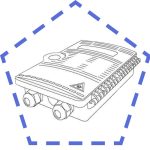 Fiber Optic Termination Boxes
Fiber Optic Termination Boxes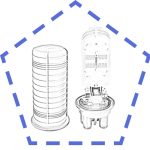 Fiber Optic Splice Enclosures
Fiber Optic Splice Enclosures Fiber Patch Panels
Fiber Patch Panels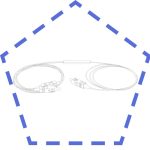 PLC Splitters
PLC Splitters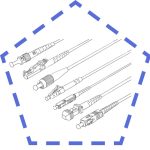 Fiber Optic Pigtails
Fiber Optic Pigtails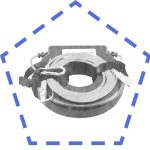 OTDR Launch Cables
OTDR Launch Cables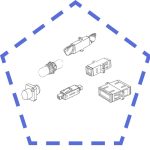 Fiber Optic Adapters
Fiber Optic Adapters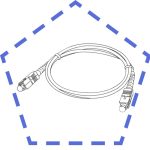 Fiber Optic Patch Cords
Fiber Optic Patch Cords